wedding.ESDlife Announces Survey Results of Hong Kong Wedding Spending 2016

ESDlife Announces 2016 Hong Kong Wedding Survey Results
- First Decline of Overall Wedding Expenditure in 7 Years During Economic Downturn
- Record Drops of Wedding Budget and Actual Spending
- Cash Gift the Only Item Increases
[Hong Kong – 24 October 2016] More than 100 distinguished guests from the Hong Kong wedding industry gathers at Bridal Award Ceremony 2016, the annual flagship event organized by ESDlife, Hong Kong’s No. 1 wedding media that presents today at Four Season Hotel Hong Kong. The Bridal Award aims to recognize the outstanding performances of high quality wedding service providers and brands in Hong Kong. During the ceremony, ESDlife also announces the results of Hong Kong Wedding Survey 2016. This year, the online survey was carried out from 1,245 individuals who are married or getting married between 2016 and 2018, to understand wedding couples’ average expenditures and their wedding spending behavior.
First Decline in Overall Wedding Expenditure Since 2009
Given the uncertain economic outlook and a sluggish retail market, ESDlife’s Hong Kong Wedding Survey 2016 indicates that the average wedding spending of newlyweds marks the first decline since 2009. The estimated average wedding spending in 2016 is decreased by 4% to HK$302,226. Reviewing the recent years, the figure of 2016 has dropped back to the low level in 2013. (See Appendix – Figure 1)
Significant Drops in Total Wedding Market Expenditure to 15.6 Billion
According to Hong Kong Statistics and Census Department, there were a total of 51,609 pairs of newlyweds last year. Based on this data, the total amount of wedding expenditure is estimated to be as high as HK$15.6 billion. In general, there is a significant reduction on most of the wedding expenditure items, except Wedding Ceremony / Banquet Videography and Make-Up and Hair Styling have increased by 5% and 2% respectively. Wedding Banquet ranks top among all wedding expenditures once again this year, with an average expense of HK$153,465 per couple and the total market consumption is estimated up to HK$7.9 billion. Followed by Ring and Jewelry that ranks next, with an average spending of HK$49,568 and the estimated total market consumption of HK$2.6 billion. In addition, Honeymoon (average spending of HK$35,481) and Wedding Photography (average spending of HK$21,735) comes third and fourth, and the estimated total market consumption of both are HK$1.8 billion and HK$1.1 billion. These four categories have taken up 86% of total expenditure of a wedding couple. (See Appendix – Figure 2 & 3)
Average Betrothal Money Remains Unchanged at HK$50,000
In view of the research, the average amount of betrothal money remains unchanged at about HK$50,000 (HK$49,589) since 2014. This reveals the phenomenon that grooms would rather reduce the wedding cost by simplified the wedding program to ease the financial burden, but being smart to keep a proper amount of betrothal money as gifts for the fiancée and parents-in-law.
Wedding Cash Gift of Restaurants Increases to HK$700
The survey results also indicate that the wedding cash gift has continuously risen whereas the budget and total expenditure of wedding has declined. Succeeding the incremental change of cash gift of over HK$1,000 for hotel banquets last year (luxury hotels: HK$1,200; normal hotels: HK$1,000), the cash gifts for standard restaurant has eventually increased by 16% from $600 to $700 this year. Recently, afternoon wedding banquet has become more popular, the cash gifts for the ‘Western Style (Lunch Banquet)’ and ‘Chinese Style (Lunch banquet) is now at the market price of HK$500.
Overseas Wedding Budget and Actual Expenditure Drops 21% to HK$108,772
In recent years, overseas wedding has increased in popularity in Hong Kong. Research shows that about 10% of newlyweds would choose to have overseas weddings, and about 70% among them saying they prefer wedding abroad because they can also take this opportunity as traveling and as high as 54% do not want to organise a traditional banquet. Okinawa is still the most popular destinations for overseas wedding. Its popularity has grown from 33% in 2015 to 38% in 2016, followed by Guam (15%), other Japanese regions (11%), and Europe (9%). However, the overall spending on overseas wedding in 2016 has dropped by 21% to HK$108,772. In particular, both of flights and hotels have decreased significantly by 34%. As a result, the estimated total market expenditure for overseas wedding is about HK$500 million. (See Appendix – Figure 5).
Japan and Korea – The Hottest Locations for Overseas Pre-Wedding Photos
Pre-wedding photos are the great ways to capture most beautiful and touching moments for newlyweds. 97% of respondents express that they will take this unforgettable photo shoot, but for those who would take 2 or more wedding photos has decreased from 46% in 2015 to 42% in 2016. Also, newlyweds would rather take pre-wedding photos in overseas wherein Japan and Korea are the most preferred places, which have increased from 12% to 15% and 18% to 19% respectively. On the contrary, the findings also show that the number of newlyweds who take pre-wedding photos in Hong Kong have gradually dropped from 62% to 59%. This might imply that newlyweds wish to have special yet memorable wedding photos with overseas photo-taking style and the scenic spots.
More than 50% Newlyweds Want to Have One More Child
More couples are willing to give birth regardless of economy deteriorating, increasing from 83% in 2014 to 85% in 2016. Moreover, those who like to have more than one child have increased from 49% to 55% YOY, this may further explains that having children and forming a family are the significant reasons to get married. In contrast, more than 1/3 of newlyweds state that it is difficult to bear and raise children because of their financial conditions and approximately 27% believe that this is a overwhelming responsibility. Besides, about 48% of couples would like to manage their financial assets together whereas 35% of them remain independent financially. Interestingly, the findings indicate that only 3% husbands are responsible for financial asset while 14% wives are the in-charge. It has reflected that men are less likely to control the finance of family.
Photos Captions
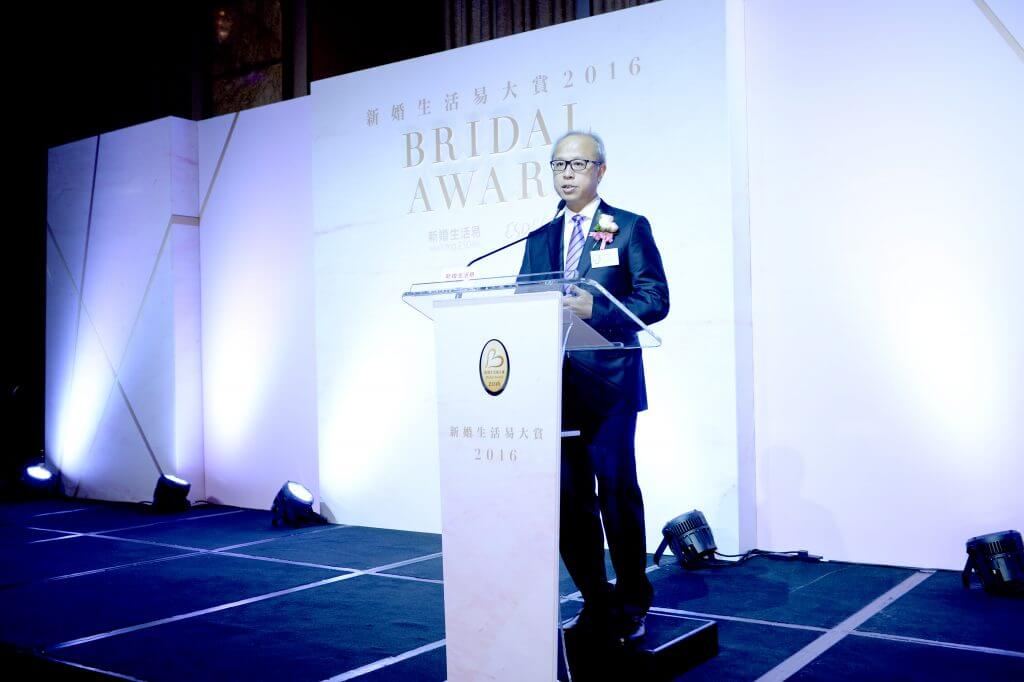
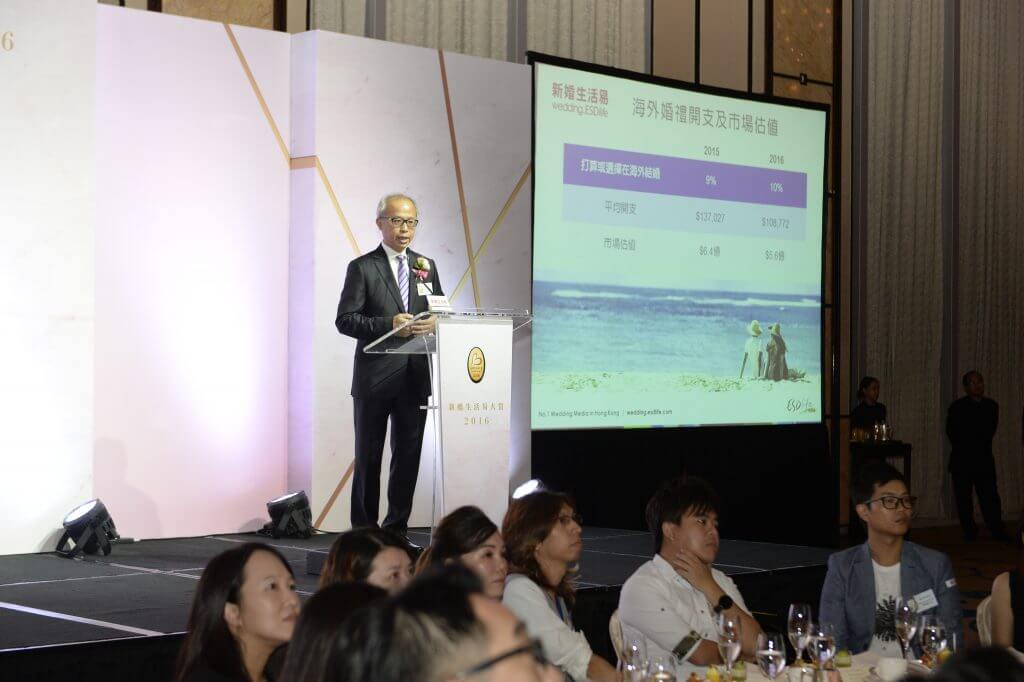
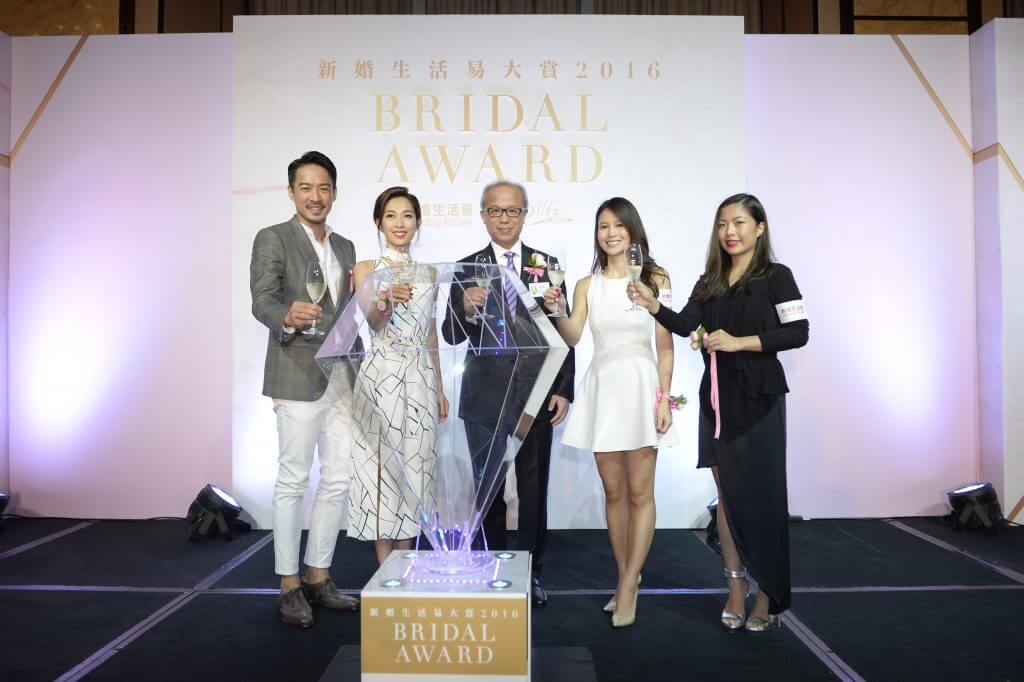

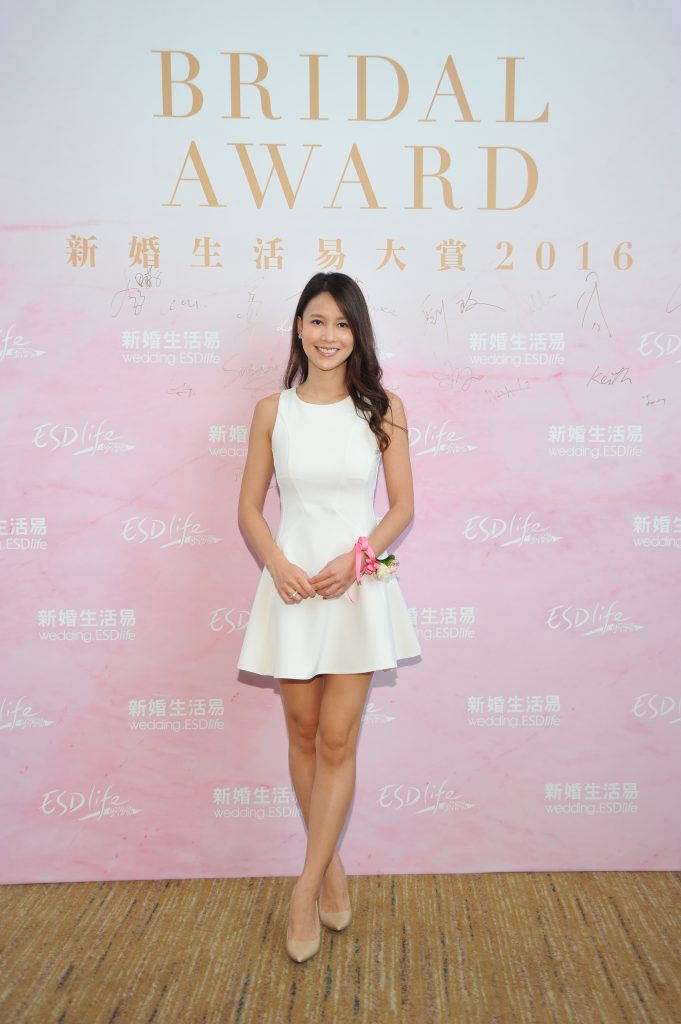
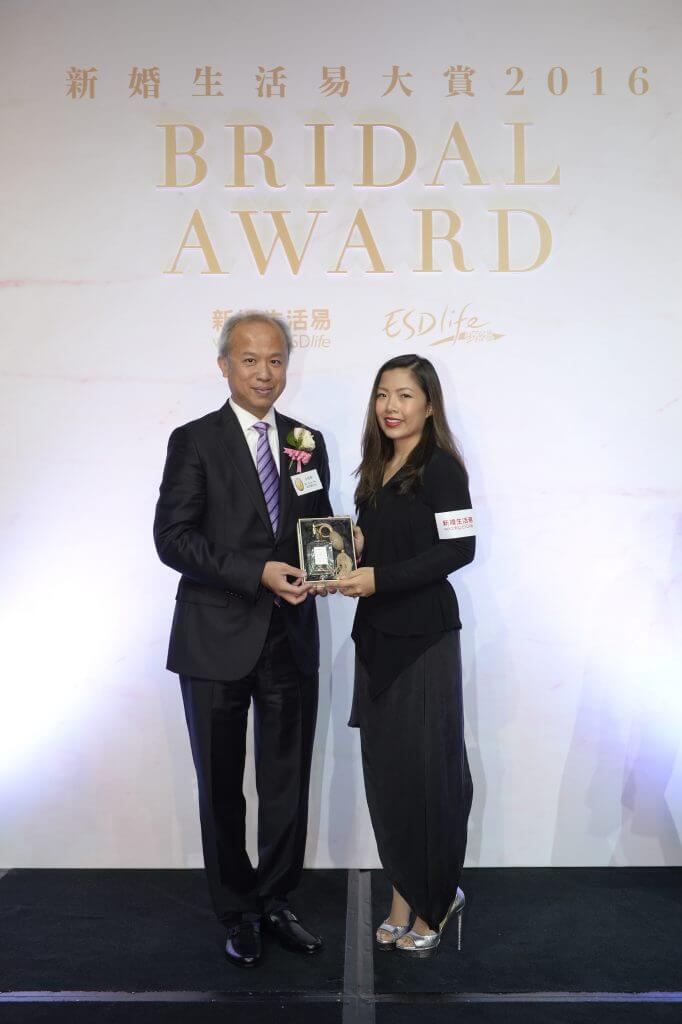

Appendix
Figure 1: Average Wedding Expenses in 5 years
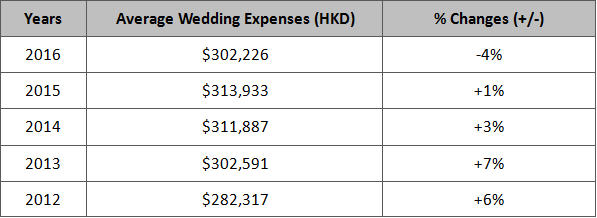
Figure 2: Comparison of Wedding Items Expenditure in 2016 and 2015
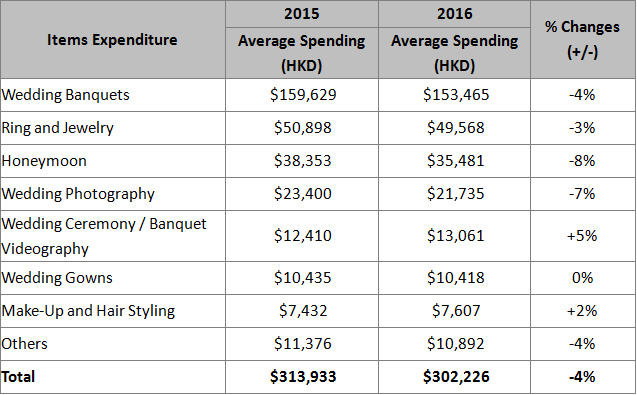
Figure 3: Estimated Total Market Spending on Wedding Items
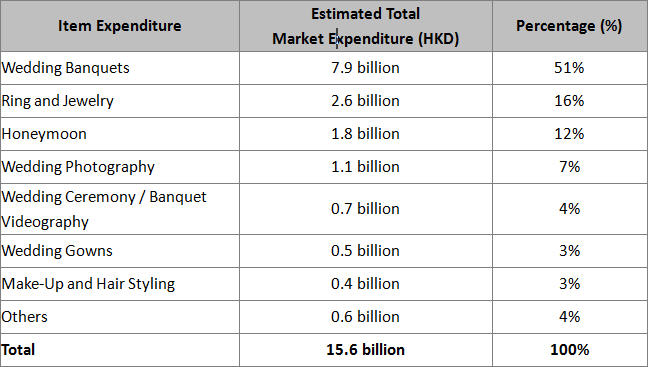
Figure 4: Hong Kong Wedding Cash Gifts Guideline (Median Value)
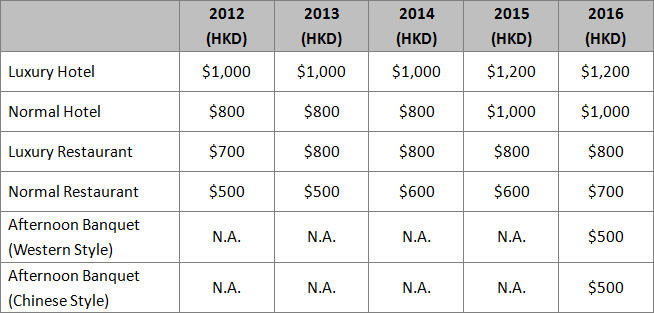
Figure 5: Comparison of Overseas Wedding Items Expenditure in 2016 and 2015
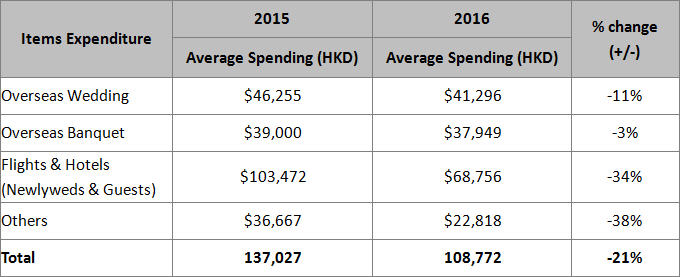
Figure 6: Consideration of giving birth after marriage in 2016
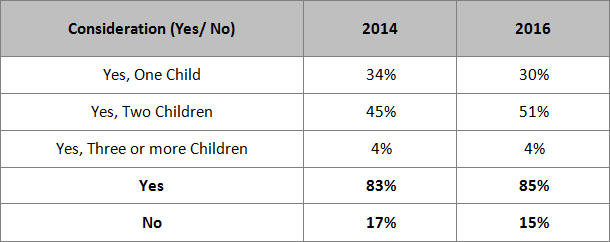
– END –
嘉賓出席「港人衛生意識及皮膚健康調查」結果發布會-1-149x108.jpg)

